Witold Pedrycz - Data Science and Big Data: An Environment of Computational Intelligence
Here you can read online Witold Pedrycz - Data Science and Big Data: An Environment of Computational Intelligence full text of the book (entire story) in english for free. Download pdf and epub, get meaning, cover and reviews about this ebook. year: 2017, publisher: Springer, genre: Home and family. Description of the work, (preface) as well as reviews are available. Best literature library LitArk.com created for fans of good reading and offers a wide selection of genres:
Romance novel
Science fiction
Adventure
Detective
Science
History
Home and family
Prose
Art
Politics
Computer
Non-fiction
Religion
Business
Children
Humor
Choose a favorite category and find really read worthwhile books. Enjoy immersion in the world of imagination, feel the emotions of the characters or learn something new for yourself, make an fascinating discovery.
- Book:Data Science and Big Data: An Environment of Computational Intelligence
- Author:
- Publisher:Springer
- Genre:
- Year:2017
- Rating:4 / 5
- Favourites:Add to favourites
- Your mark:
Data Science and Big Data: An Environment of Computational Intelligence: summary, description and annotation
We offer to read an annotation, description, summary or preface (depends on what the author of the book "Data Science and Big Data: An Environment of Computational Intelligence" wrote himself). If you haven't found the necessary information about the book — write in the comments, we will try to find it.
Witold Pedrycz: author's other books
Who wrote Data Science and Big Data: An Environment of Computational Intelligence? Find out the surname, the name of the author of the book and a list of all author's works by series.



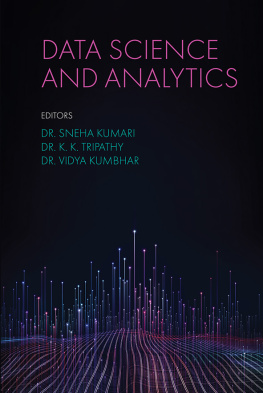

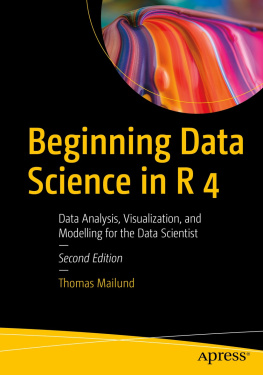
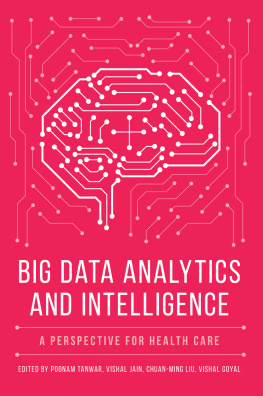
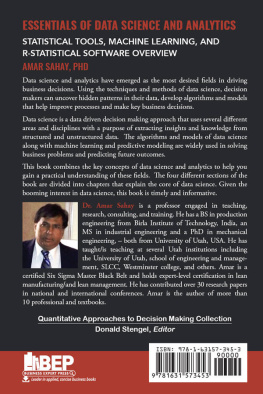
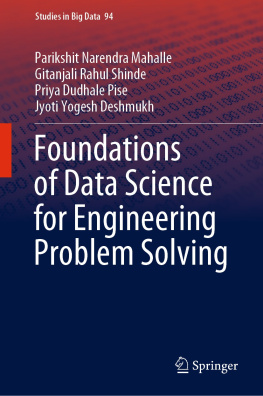
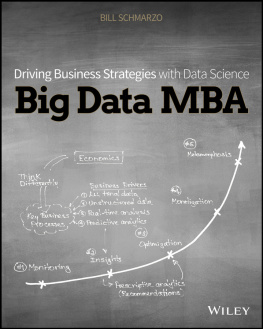
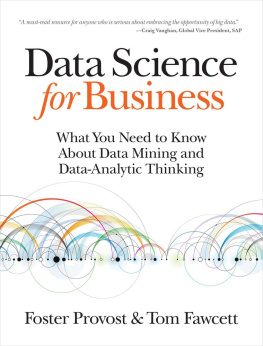
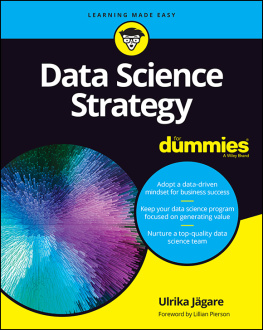
![EMC Education Services [EMC Education Services] - Data Science and Big Data Analytics: Discovering, Analyzing, Visualizing and Presenting Data](/uploads/posts/book/119625/thumbs/emc-education-services-emc-education-services.jpg)
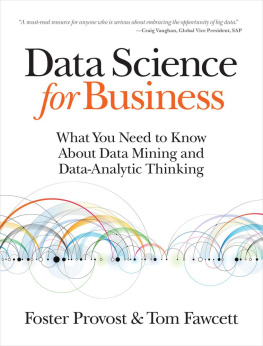
 and
and  norms is utilized, which makes the approach less sensitive to the influence of outliers while computing the prototype vectors.
norms is utilized, which makes the approach less sensitive to the influence of outliers while computing the prototype vectors.




 Identity matrix
Identity matrix
 Vector of ones
Vector of ones
 data points
data points






 is a mathematical structure used to model pairwise relations between certain objects. It refers to a set of N vertices or nodes
is a mathematical structure used to model pairwise relations between certain objects. It refers to a set of N vertices or nodes  and a collection of edges
and a collection of edges  that connect pairs of vertices. If the edges are provided with weights the corresponding graph is weighted, otherwise it is referred as an unweighted graph. The topology of a graph is described by the similarity or affinity matrix, which is an
that connect pairs of vertices. If the edges are provided with weights the corresponding graph is weighted, otherwise it is referred as an unweighted graph. The topology of a graph is described by the similarity or affinity matrix, which is an  matrix
matrix  , where
, where  indicates the link between the vertices i and j . Associated to the similarity matrix there is the degree matrix
indicates the link between the vertices i and j . Associated to the similarity matrix there is the degree matrix 